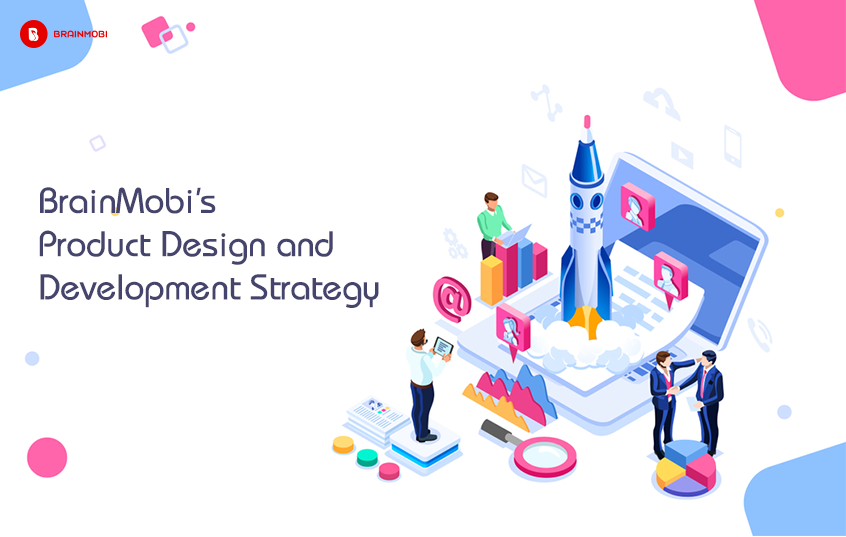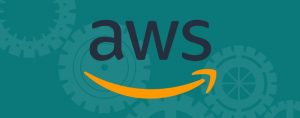
Agile development methodology has its own benefits when it comes to project management. Agile methods help teams organize themselves better and commit to more efficient work while at the same time not compromising with the quality of the product and budget constraints. Agile teams work well as a unit and can react better to the inevitable changes that come with any project however faucet management remains one of the most overlooked facets of project management.
Via visual management agile teams enhance their ability to work effectively by presenting their data in a visual mode rather than list formation on a spreadsheet or wiki. This way you incorporate scope to address responsibilities like visibility of project, increased team efficiency, ability to adapt to team changes and ability to scale. Let us take a peek at the characteristics of an agile development methodology any established mobile app development company should look to adopt.
Characteristics of Agile Methodology
Compared to any other approach an agile approach tends to focus on a small portion of a work, monitor progress and then focus down the path for quality feedback assuring them its on the right path. Principles of any team that contributes towards mobile app design practices for sure follows a methodology that is listed by agile manifesto that has been developed by almost experienced software developers. Some of the guidelines include:
-
- Prioritize people before processes and tools
-
- Working Software over documentation
-
- Scope more collaboration rather than negotiation
The primary area of focus for agile team is their ability to work iteratively. Iterative work is completed in short cycles with small intervals completed one at a time. The main benefit comes in the form that less and less work is wasted. This means that when something changes about the project, the rework that needs to be done is at its minimized best.
In other words teams do not have to go that far down one path in order to find the fact that they need to start all over again. The theme of any iterative work depends on what extends beyond the project level, and can be further applied by breaking down into any amount of work into manageable bits that can represented visually. During any projects timeline, changes can occur either in the technology or within the business requirements beyond which it is common for any software development company to take months or even years to complete a project.
Here are a set of strategies BrainMobi employs when it comes to its product design and development endeavors:
Prioritizing Product Owner
The product owner of any development team represents the customer or user of the software application being built. It is there job so as to identify the next big features to build and to fabricate the backlog so that the stories so that the stories that worked on next will be ready to start. The product owner does not necessarily have a technical role. Someone who has a clear focus on the goals and priorities of the software is termed valuable for keeping track of the progress.
Finalizing Acceptance Criteria
Post product finalization it can be a challenging feature for developers to come up with the kind of features that need to be implemented. Considering how the feature will show its response, it is important to make the best out of its robust and scalable potential. Having a well defined set of acceptance criteria helps us know if we are finished with the feature and when it is the time to move to the next one.

Importance to Design Skills
Iterative code helps us in going back to the code we wrote earlier and add any enhancements that might be possible. Without following any technical disciplines it is rather recommended for the team to spend more time with the board. Agile design skills come in critical when it comes to making agile work in practice despite of which developers do not know the techniques for writing changeable code which causes them to waste lot of time and energy.
Building Batches
The Chamberlain approach or in simple terms divide and conquer is the most important benefit of adopting to an agile development. This is relevant in any subject or discipline and also fits perfectly well into context of technology. To simply put it, in this strategy a bigger problem is taken and further broken into smaller manageable problems. Smaller problems are easy to approach along which we might discover valuable pieces of solution we never we could have possible missed at that time.
Continuous Integration
Building a software for business is quite a risky commitment and equipped with tons of challenges. Code often ends up entangled in the ways that are not obvious until it is integrated into the complete system. Agile approach dictates integrating the code at all times, several times a day into a central build server that can efficiently run a suite of automated tests that proves new code with the rest of the system. This can help any organization capture bugs faster and reduce risks.
Practice Principles
Several practices of agile and scrum are comparatively simple but without understanding the proper reasons for their applications. Understanding these principles one can properly underlie the kind of practices and how can they be implemented. Following a long routine of such practices helps maintain a better journal which can help increase your versatility towards other projects as well.
As one of the top android app development company, we at Brainmobi have delivered several mobile applications whose success can be attributed to the agile discipline mechanisms we have adopted and mastered over the years. Our team of excellent developers and team leads can help optimize your development routines as per your business plans as well. If you have the idea for a mobile or web application feel free to write to us at sales@brainmobi.com .



